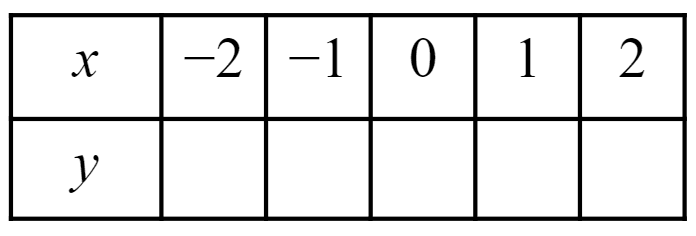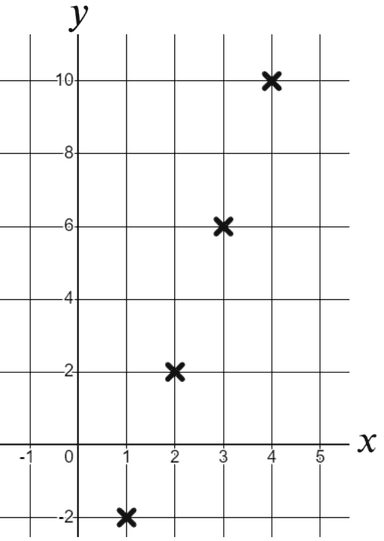Myths about teaching can hold you back
Learn why
New
New
Lesson 5 of 15
- Year 8
Features of linear relationships
I can recognise that linear relationships have particular algebraic and graphical features as a result of the constant rate of change.
Lesson 5 of 15
New
New
- Year 8
Features of linear relationships
I can recognise that linear relationships have particular algebraic and graphical features as a result of the constant rate of change.
These resources were made for remote use during the pandemic, not classroom teaching.
Switch to our new teaching resources now - designed by teachers and leading subject experts, and tested in classrooms.
Lesson details
Assessment exit quiz
Download quiz pdf








